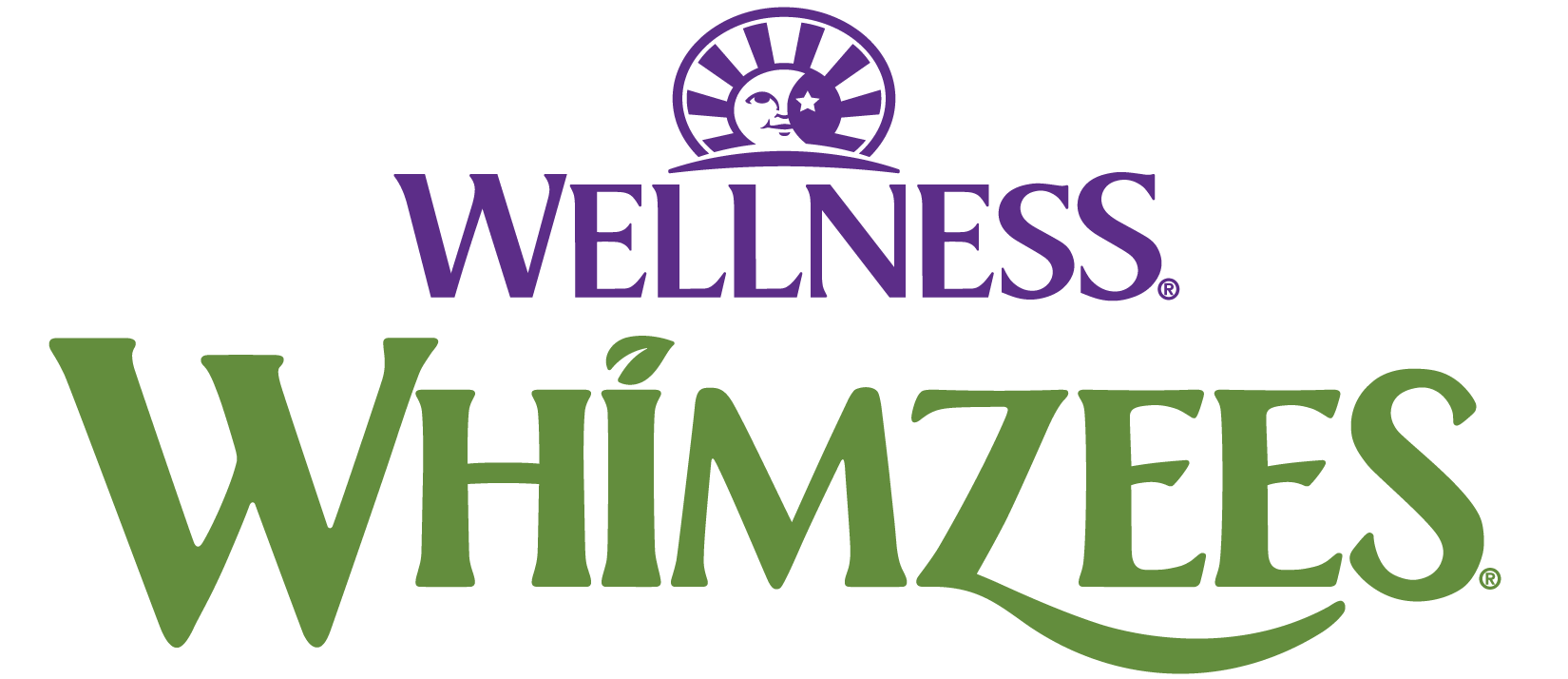Did you know that dogs are supposed to have their teeth brushed the same as humans? Did you know that ideally, you will brush your dog’s teeth every day? If that surprises you, then you are not alone. Most dog parents do not know that teeth brushing is an important part of daily dog care nor do they know that 80% of dogs suffer from dental disease and that dental disease is the number one health affliction for dogs.
Because tooth decay, gum rot, and gingivitis resulting from dental disease can be very painful and can lead to other health problems, daily dental care for dogs is important; though, it takes time to learn to brush your dog’s teeth. These tips and tricks will help you learn how to brush your dog’s teeth in a way that is fun and relaxing for both of you.
Make Sure Your Dog is Calm and Relaxed
Start slow when you begin brushing your dog’s teeth for the first time. It may take time for your dog to relax enough to let you near their mouth. Prepping your dog for their first tooth brushing experience could take days. Start by doing the following:
- Engage your dog at a calm and peaceful time of day; mornings or evenings work well.
- Sit in front of your dog in a non-threatening position. You should not be standing over your dog or holding your dog in an aggressive posture.
- Be mindful of your dog’s anxiety. If your dog’s ears are back or if your dog is rigid or seemingly stressed, do not attempt to proceed.
If your dog is calm and relaxed, then you can start prepping their gums and introducing them to the materials.
Prep Your Dog’s Gums
Because toothbrushing is foreign to dogs, you will need to prep your dog’s gums for having a foreign object in their mouth. To prep your dog’s gums, lift the jowls and massage your finger along the gumline adjacent to the tooth. Use light pressure as though your finger was a toothbrush. Massage your dog’s gums in a gentle, circular motion.
It may take several attempts at massaging your dog’s gums before they are comfortable having objects in their mouth or having their teeth touched or brushed. It is a good idea to condition your dog with gum massage at the same time of day and in the same setting that you will later be brushing their teeth.
Introduce Your Dog to the Doggy Toothbrush
Once your dog is comfortable having their gums touched, you can introduce the toothbrush and the toothpaste. Get a toothbrush and toothpaste that is made specifically for dogs. Dog toothbrushes have softer bristles than human ones, and they are angled to fit a dog’s mouth shape. For large dogs over 30 pounds, you’ll want to get a dog toothbrush with a handle to reach teeth and gums in the back of the mouth. For smaller dogs, those under 30 pounds, a finger brush is sufficient.
To introduce your dog to the toothbrush, first moisten the toothbrush then gently lift their jowls (upper lip) and massage the toothbrush against their gums at a 45-degree angle. Don’t expect a full brushing on your first attempt. Just allow your dog to acclimate to this new sensation.
Let Your Dog Sample the Doggy Toothpaste
You also want to introduce your dog to toothpaste before the first official brushing. First, get a toothpaste made for dogs; never use human toothpaste as these have ingredients that can be toxic to dogs. Dog toothpastes are also more palatable as they come in hearty, meaty flavors. This can make toothbrushing seem like a real treat!
See how your dog likes the toothpaste by putting some on your finger and allowing your dog to lick it. If your dog does not like it, then try a different flavor. Making sure your dog has a toothpaste that they like will make a world of difference in the overall teeth brushing experience with your dog.
How and Where to Brush Your Dog’s Teeth
Now your dog is ready to brush teeth.
- Get in the same setting as you have been conditioning your dog in at the same time of day with the materials.
- Prep the toothbrush. Brush your dog’s teeth at a 45-degree angle and in small, circular motions.
- Go slow; you may only be able to brush a few teeth at a time in early sessions, but some is better than none.
- Praise your dog throughout the experience.
- Start with your dog’s top canine teeth as plaque tends to collect more on those teeth.
- Move toward the back of the mouth as your dog becomes increasingly tolerant of the toothbrush.
Eventually, you will build up to brushing your dog’s entire mouth. At first, even when brushing teeth becomes routine, you may only be able to brush a few days a week. As you and your dog get into a toothbrushing regimen and build up the length of sessions and the frequency, you should supplement your dog’s oral health care with a tasty, natural daily dental chew. Dental chews freshen dog breath while reducing plaque and tartar and are great to continue serving your dog even when you acclimate to brushing your dog’s teeth every day.
Because dental health can impact overall canine health, we at WHIMZEES® formulate tasty, natural and nutritious dental chews comprised of only six ingredients to ensure that regardless of where you are in your doggy teeth brushing journey, your dog is always healthier by the smile.



